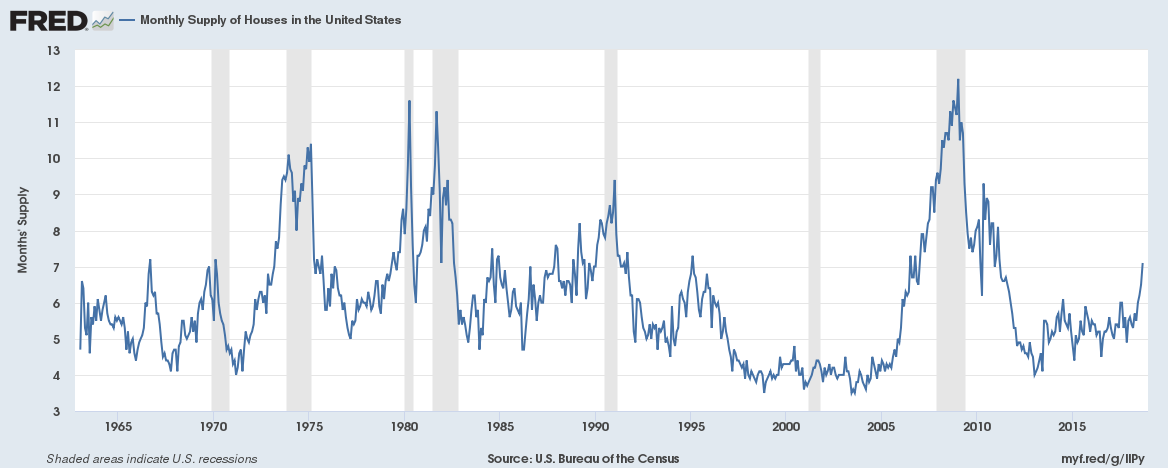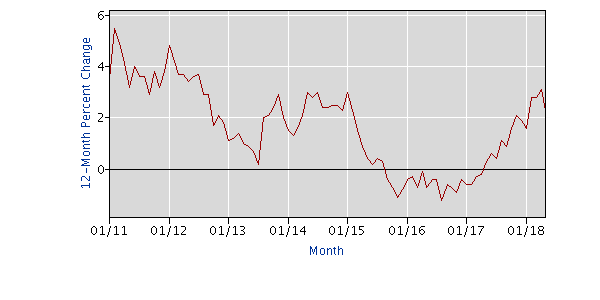Folks may remember that the Republicans sold their tax plan, which centered on a big cut in corporate taxes, with the promise that it will lead to a flood of investment. This would mean higher productivity growth, and therefore higher wages. Well, we aren’t really seeing much evidence of that increase to date, but that doesn’t stop the Trump White House from making the claims anyhow.
While noting that unemployment has continued the long downward path begun during the Obama years (just kidding), the White House Council of Economic Advisers (CEA) takes full credit for the recent lows in the overall and African American unemployment rates. It also touts the 9.2 percent growth in business fixed investment in the first quarter as evidence that companies are rushing to invest as a result of the tax cut.
This one doesn’t work for two reasons. First, if we were going to see anything like the investment boom promised in the selling of the tax cut we should be seeing growth two or three times this rate. Second, the pace of investment growth in the first quarter is not especially strong. The figure below shows the year over year change in non-residential fixed investment since 2000.

The 9.1 percent year over year growth in the first quarter of 2018 is respectable but hardly indicates any sort of boom. It is well below the growth we saw between the second quarter of 2010 and the second quarter of 2012, which averaged over 15 percent. And even much of the modest uptick that we have seen in the last year is due to oil and gas drilling. This has more to do with higher world energy prices (and the higher gas price we pay at the pump) than the Republican tax plan.
This is not the only boast in the piece that is not quite right. The CEA also takes credit for a boom in manufacturing employment, and especially employment in durable goods manufacturing.
“This uptick in current and future business investment may help explain the sharp rise in durable-goods employment that began with the President’s election but accelerated in November of last year, just before the Tax Cuts and Jobs Act passed Congress (see figure).”
There has been an uptick in durable goods manufacturing employment in the last year or so, but nothing especially out of the ordinary. Here’s the picture if we look at hours worked.
Durable Goods Manufacturing: Index of Aggregate Weekly Hours (percent change, year-over-year)

Here also we can see a respectable uptick in hours worked, although no better than what we saw between the middle of 2013 and the end of 2014 when a plunge in world oil prices led to a falloff of employment in energy-related industries. And of course, growth is much weaker than in 2011 and most of 2012.
One item that is worth noting that is not mentioned by the CEA is a sharp decline in the index for May of this year. The index of hours worked in durable goods manufacturing fell by 0.6 percent in the month. While the monthly data are erratic, this could be a sign of weakening demand. Employers often cut back hours before they cut back workers. The job growth in manufacturing is the weakest since last September, so perhaps we are seeing a falloff of growth in the sector.
Anyhow, we’ll have to see whether the pace of manufacturing job growth slows further, but it is clear we are not seeing anything like the boom promised by the promoters of the Republican tax cut.
This column originally appeared on Beat the Press.